7 More Things Lifeguards Wish You Knew About Water Safety
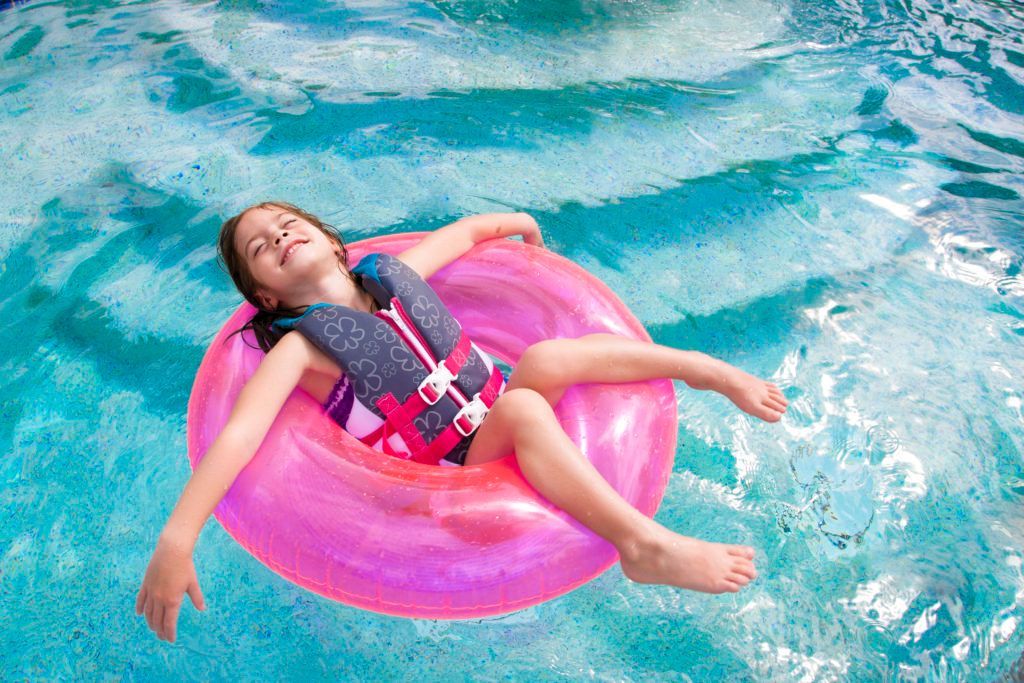
Drowning and its risks are complex. Prevention requires some learning and might counter a lot of the common knowledge and messages we as parents receive. Here are seven tips on everything from drowning prevention and water safety to rip currents and why you should shower before swimming that Lifeguards Without Borders wished you knew.
1. Coast Guard-Approved Life Jackets Are Wise and Smart for Small Children

Because drowning’s deadliness comes from its silence and speed, drowning is the leading cause of death of children under 4 years of age. No one knows better than you how fast your kids can move and get out of sight. Your son or daughter may be safely in your line of vision one moment, but off like a shot the next. In fact, if you read many of the drowning stories of Families United to Prevent Drowning members you will find that drowning can occur in the time it takes to send a text and that speed is a major factor in many drowning experiences.
If you are near the water, these tips recommend that you use a US Coast Guard approved flotation device like a lifejacket. This includes boating, swimming at the beach, or even sitting by the pool. It is super easy, fast, and is an additional layer of protection. Make no mistake though—nothing whatsoever will ever replace your vigilant supervision.
2. Shallow or Deep, Always Check Water Depth Before Getting In
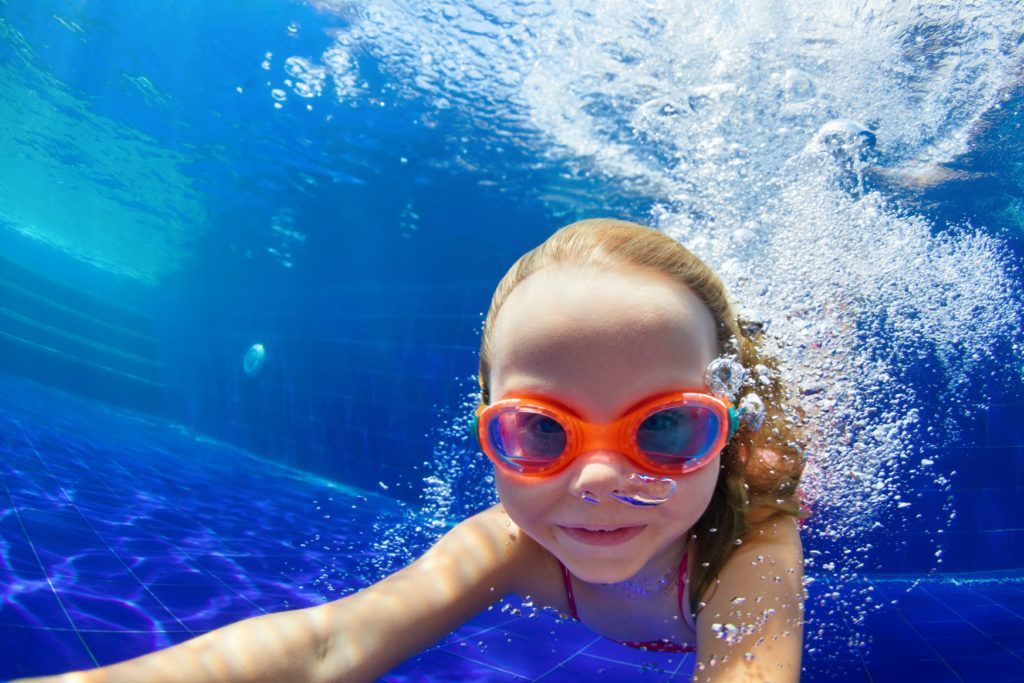
Shallow water can be as dangerous or even more dangerous than deep water. Although the deepest areas of the pool or ocean may seem the most dangerous, that isn’t always true. You may believe deeper water is more dangerous because we intuitively associate not touching the floor and pushing ourselves up for breath with danger. Thus shallow waters just seem safer.
However, this lifeguard tip makes it clear that shallow waters have their own dangers, too. An annoying example could be scraping your hands or knees on a rocky ocean floor. A more serious danger could be hitting your head on the bottom of a pool or on a rock.
Remember that drowning is a physiological process that deprives the body of oxygen. That means it can happen in shallow or deep water. All it takes is for the victim to get water into their lungs and windpipe. Because shallow water might feel safe, it is easy to pay less attention to your child or your own body’s needs. Once again, this lifeguard tip on drowning prevention is a story of awareness and supervision.
If deep water scares you or your kids, then check water depth before you plunge in. This includes not only pools or waters off a boat, but water slides and aquatic amusement parks. Your fear or your child’s fear can turn to panic if the depth is deeper than expected. Panic increases your risk if something dangerous should happen.
3. Rip Current Escape Is Counterintuitive
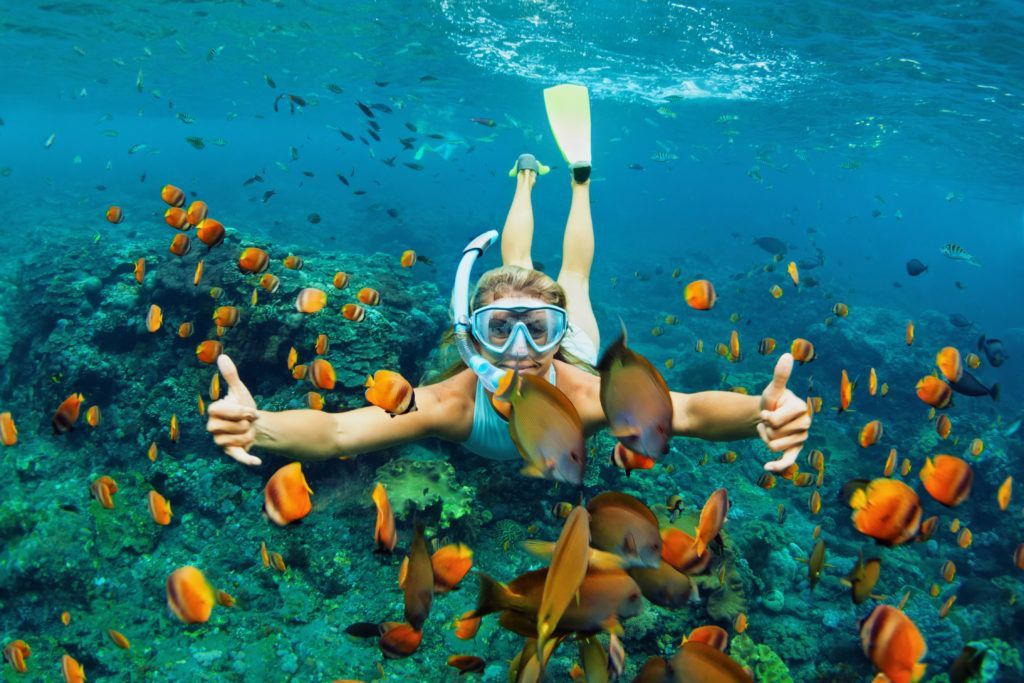
Oceans, seas, and lakes were often treated as gods by primitive cultures. This is because they are powerful forces of nature. One such manifestation of the ocean’s startling power is the rip current. This rapid movement of seawater can sweep you out from shore suddenly.
If you get swept up in a current, the best lifeguard tip for rip current safety is to remain calm and swim with the current. If you fight the current, the riptide will tire you out and you are more likely to drown. The best rip current safety tip is to swim parallel to the shore. Once you see breaking waves (which indicate the rip current’s end), get out of the current and swim back to shore diagonally and away from the rip current
If you think a rip current might startle you, it is easy to imagine why your impulse might be to fight the current and try to swim immediately back towards land. Not only will this exhaust you physically and emotionally, but the lack of control might also stimulate your natural fight-or-flight panic, increasing your risk of drowning. Fight your instinct to panic and swim with the current, not against it.
4. “No Diving” Means NO Diving
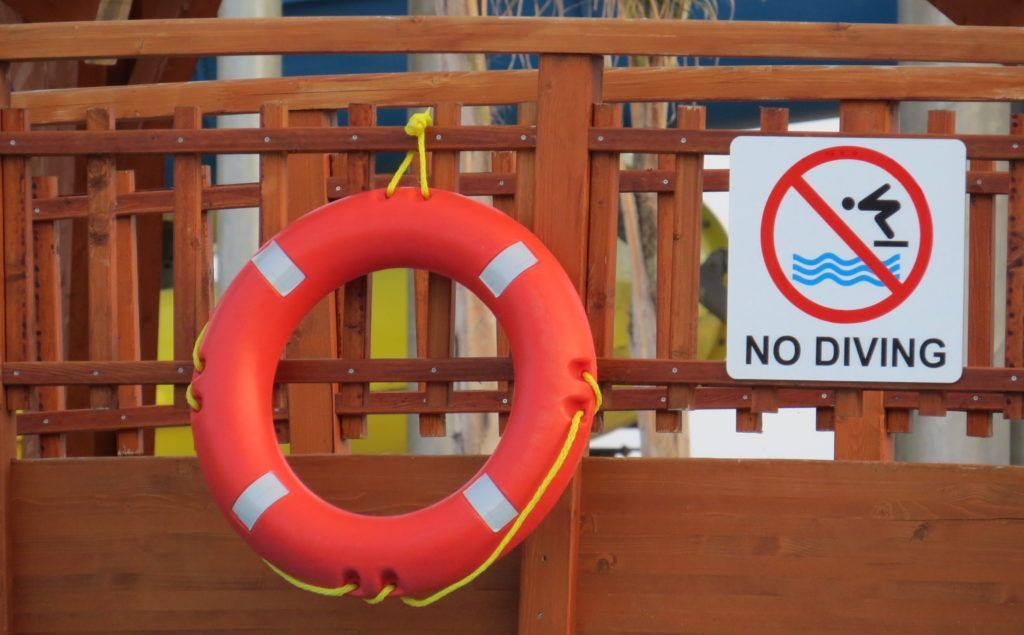
If a sign says “no diving,” then there is a really good reason for it. Even if the water is 10 or 12 feet deep, that advice is posted for your safety. For this lifeguard tip, no diving means exactly that; don’t jump headfirst into that 4-foot-deep section of the pool. If you or your child choose to ignore this lifeguard tip, you could face serious injury.
5. ”Walk Don’t Run” Means Running Is Dangerous

Pool decks are almost always treated for slipperiness. That is because a layer of water, smooth bare feet, and a little bit of speed creates the perfect condition for slips and falls. Even the most high-quality-rated and expertly applied treatment against slipperiness can’t prevent you from hydroplaning.
When treadless bare feet meet a sheet of water, the same phenomenon happens as when your car’s tires meet a sheet of water in a rainstorm. Just as hydroplaning in a car is dangerous, so too is hydroplaning on your feet by the pool. This lifeguard tip to walk and not run can help you prevent a painful injury during a day at the pool.
6. Showering Before And After Swimming Is Healthy for You (and Everyone Else)
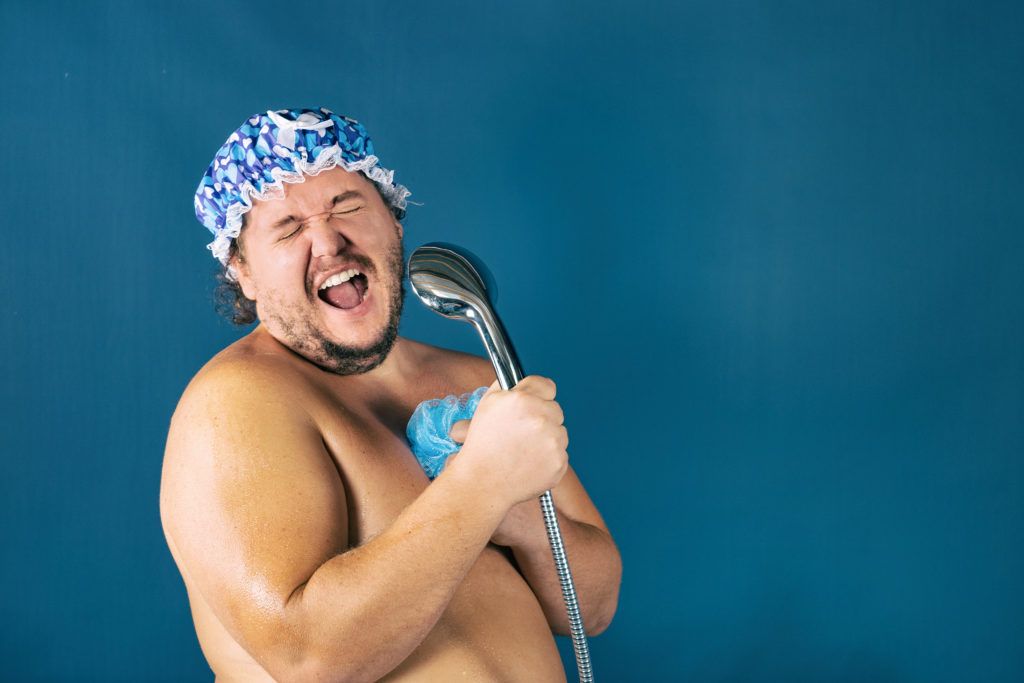
Pool water is treated to kill bacteria. But even the most expertly monitored and balanced pools can’t get rid of 100 percent of infectants. As people get in and out of the pool, the pool chemistry varies and takes time to clear toxins. If you want to avoid the possibility of getting ill from a public or private pool, you should be sure to shower off after your swim. To be a courteous swimmer too; you have to shower before you swim to keep additional bacteria out of the water. You don’t want to make the pool even dirtier than it was before you swam. Showering before swimming is pleasant, considerate, and safer for everyone.
7. The ‘30 Minutes Rule’ Is A Myth

Many of us grew up with the rule that you need to wait 30 minutes after eating to take a swim. Why? Because as your body digests food, the thinking was that you’d be more likely to get cramps and drown. Luckily this lifeguard tip is here to debunk this as a pure myth. No evidence or research suggests this is fact, so feel free to hop back in the water after lunch with no fears.
When it comes to water safety, following these tips from lifeguards about why you have to shower before swimming, rip current safety, wearing life jackets, and more can help you and your family stay safe in the water, no matter when or where you swim. If you’re looking to learn to swim or teach your children to swim and be safe in the water, check out the wide range of swimming lessons available from Swim Jim today.
The post 7 More Things Lifeguards Wish You Knew About Water Safety appeared first on Swim Jim.







